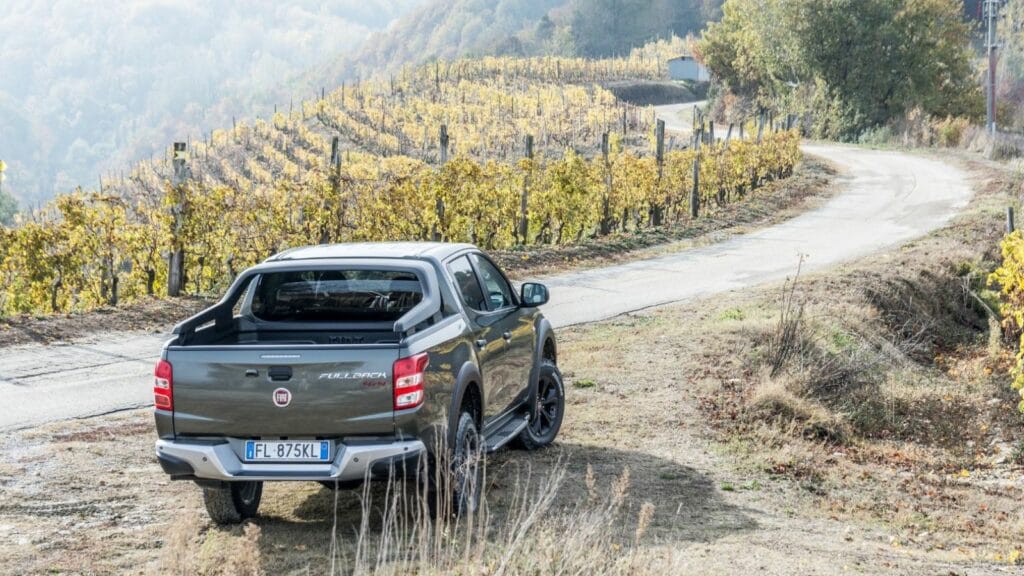As Canadian consumers brace for rising car prices due to tightened tariffs on imported vehicles and parts, an increasingly popular tactic is rebranding vehicles to circumvent tariff loopholes. It’s not quite smuggling, not quite magic, but somewhere in between lies a grey zone where cars wear new names to avoid new taxes. These 25 auto models are prime candidates for rebranding chicanery in the face of border cost barriers.
Chevrolet Trax / Buick Encore
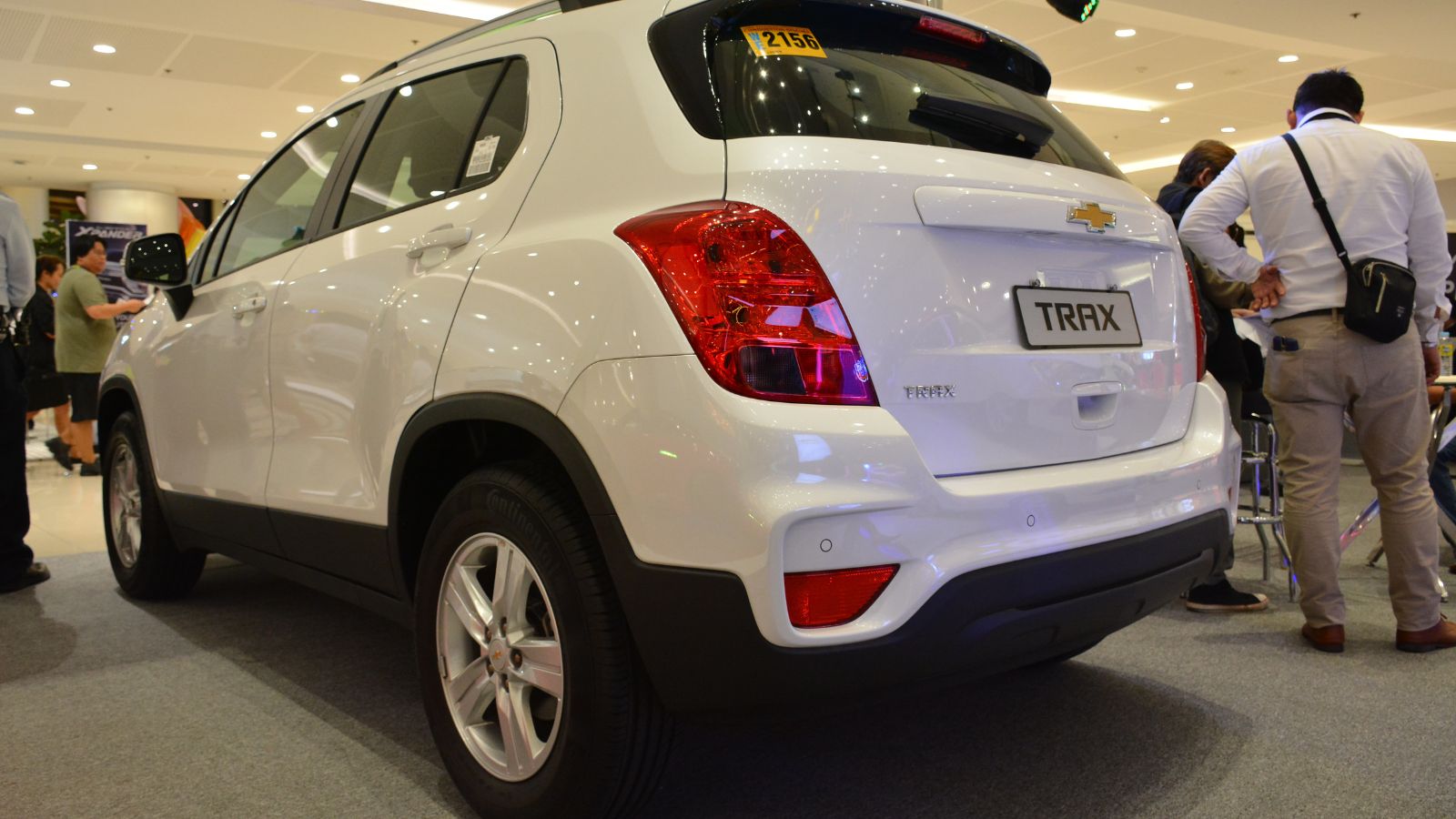
Two peas in a pod, the Trax and Encore are essentially badge-engineered siblings. Analysts highlight that these entry-level models, intended to occupy the affordable segment, cannot easily absorb thousands of dollars in additional costs without hiking prices and undermining their value appeal. With tariffs looming, GM could consider rebranding one model exclusively under a domestic-sounding nameplate to bypass international levies, especially given the phasing out of the Encore and the facelift of the Trax.
Toyota Yaris (Mazda2 in Disguise)
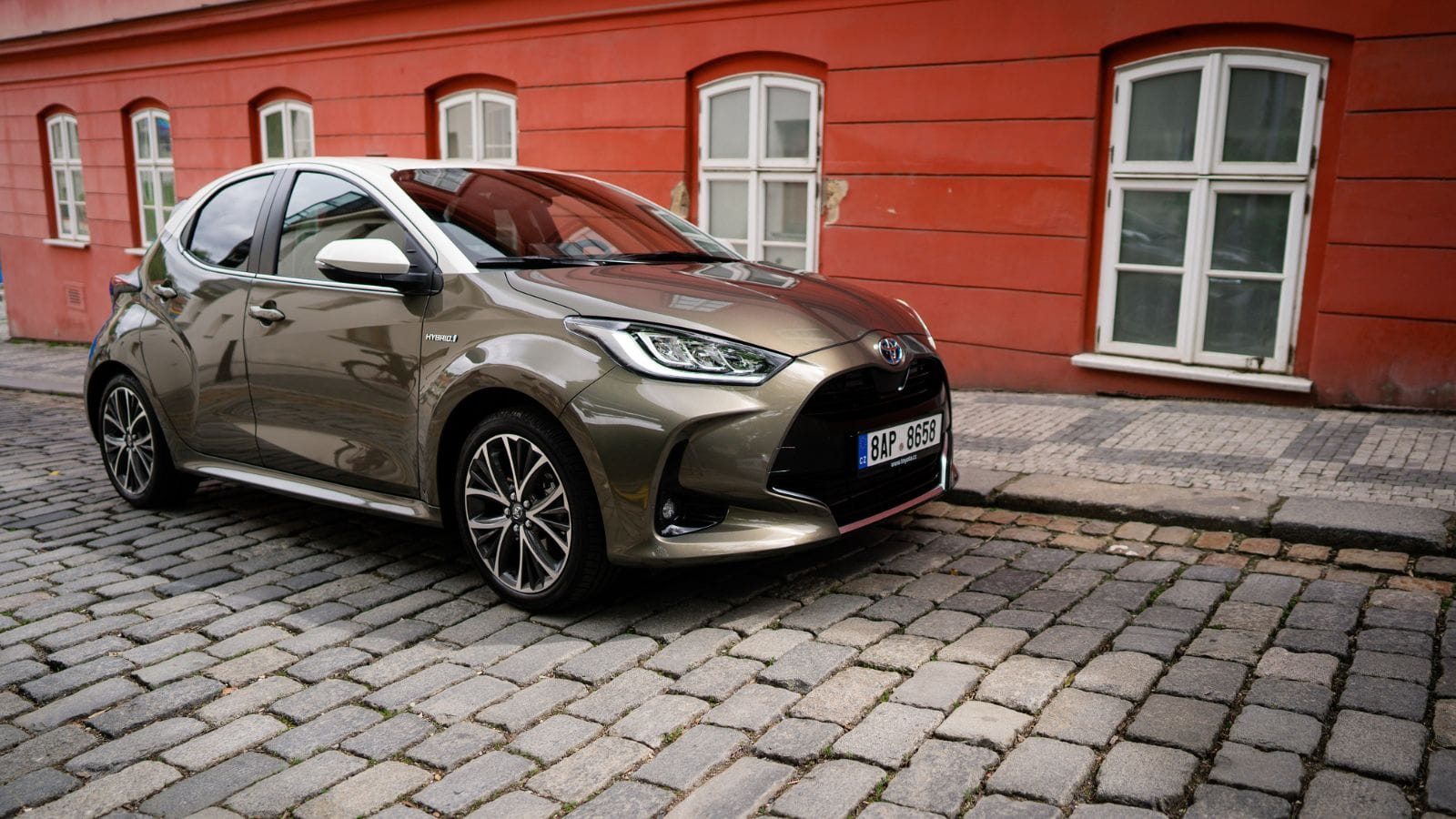
Toyota and Mazda have strategically engaged in badge‑engineering to navigate regulatory hurdles and optimize costs. Between 2015 and 2020, Mazda’s Mexico-built Mazda 2 was sold in North America under Toyota’s brands—first as the Scion iA, then Toyota Yaris iA, and finally Yaris sedan and hatchback—sharing nearly all components except minor design tweaks and badges. By flipping the badge back to Mazda2, Toyota (or Mazda) might find a NAFTA/USMCA-friendly way to circumvent specific tariffs.
Nissan Micra / Renault Clio
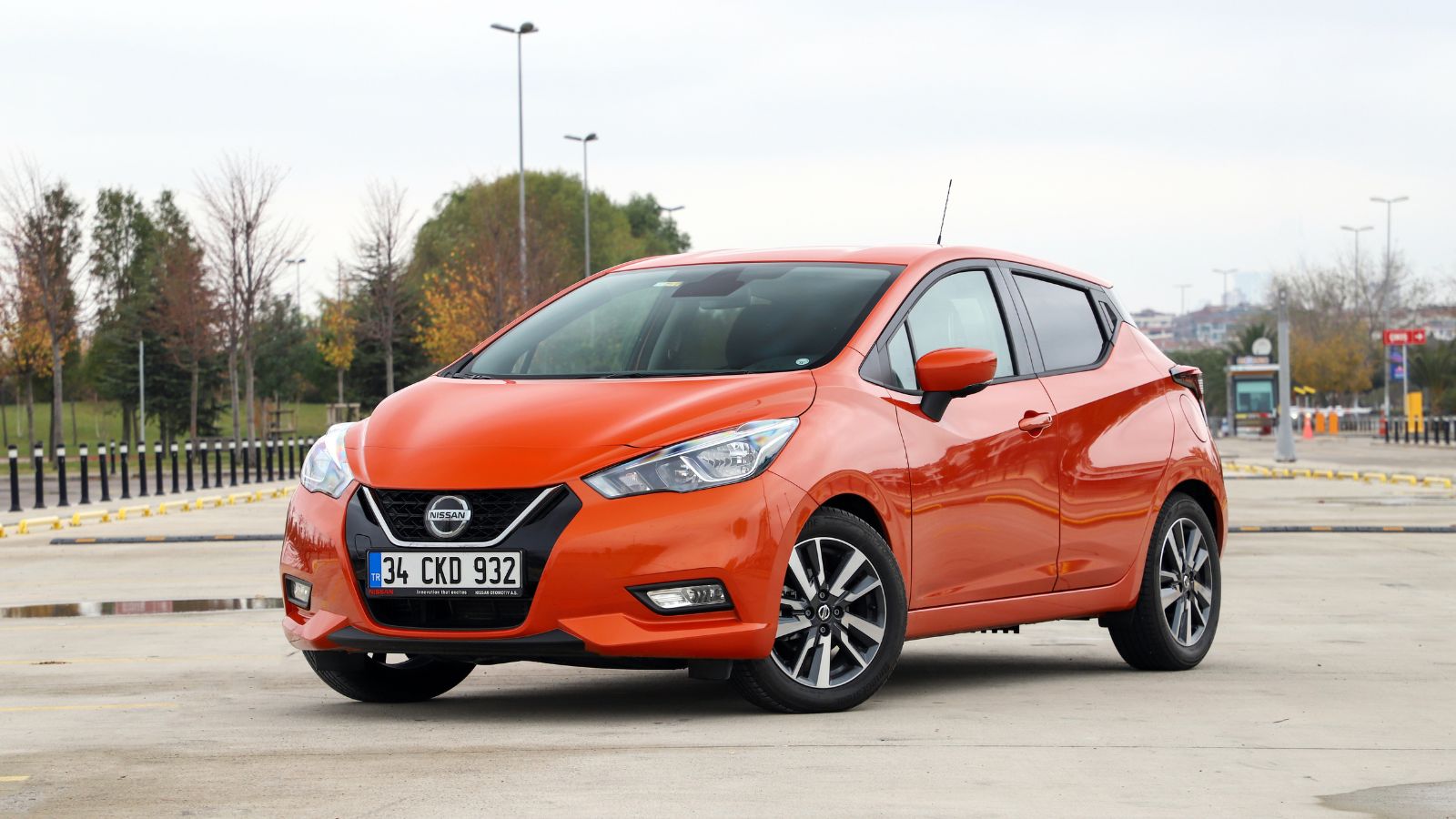
Though the Micra was discontinued, it shared roots with Renault models. A potential reboot could see a Clio-based model badged as a Nissan to circumvent EU-origin tariffs, especially if assembled in North America. Although not initially intended as a tariff‑avoidance scheme, the result allows Nissan to offer a competitively priced hatchback in markets with import duties. Thus, the Micra/Clio duo exemplifies how rebadging can be both a logistical and financial tactic in global auto manufacturing.
Ford Maverick / Bronco Sport
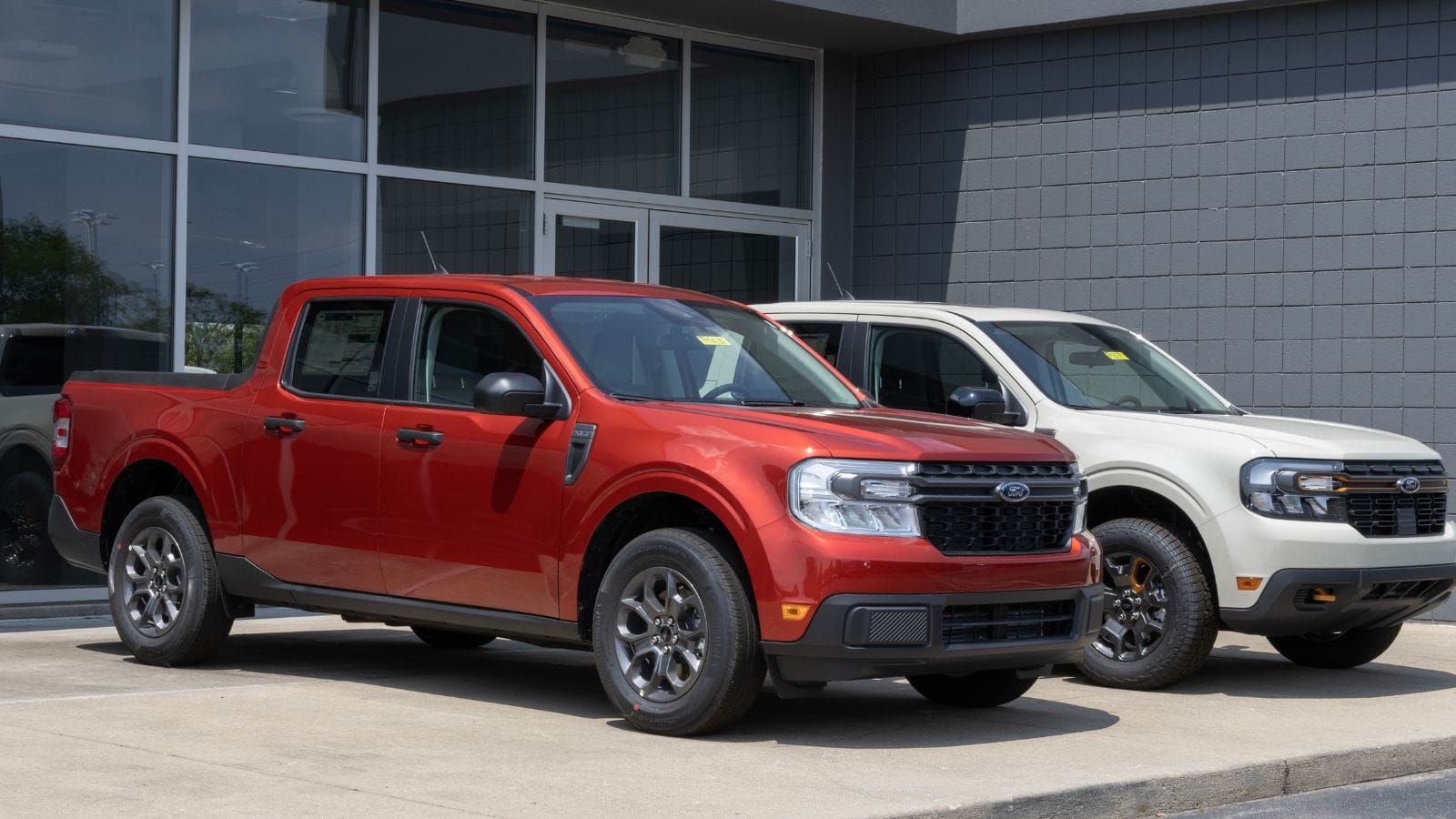
Built on the same platform, the Maverick and Bronco Sport share plenty of underpinnings. Ford could theoretically consolidate production and rebrand the Maverick as a “Bronco Sport Utility” to capitalize on off-road branding and tariff categorization. This phenomenon highlights how automakers may rebrand or shift manufacturing to sidestep tariffs, prompting speculation that models like the Maverick or Bronco Sport could be rebadged or relocated to evade such levies. But as of mid-2025, Ford remains transparent: these Mexico-built trucks are directly bearing the brunt of US-imposed tariffs.
Jeep Compass / Fiat 500X
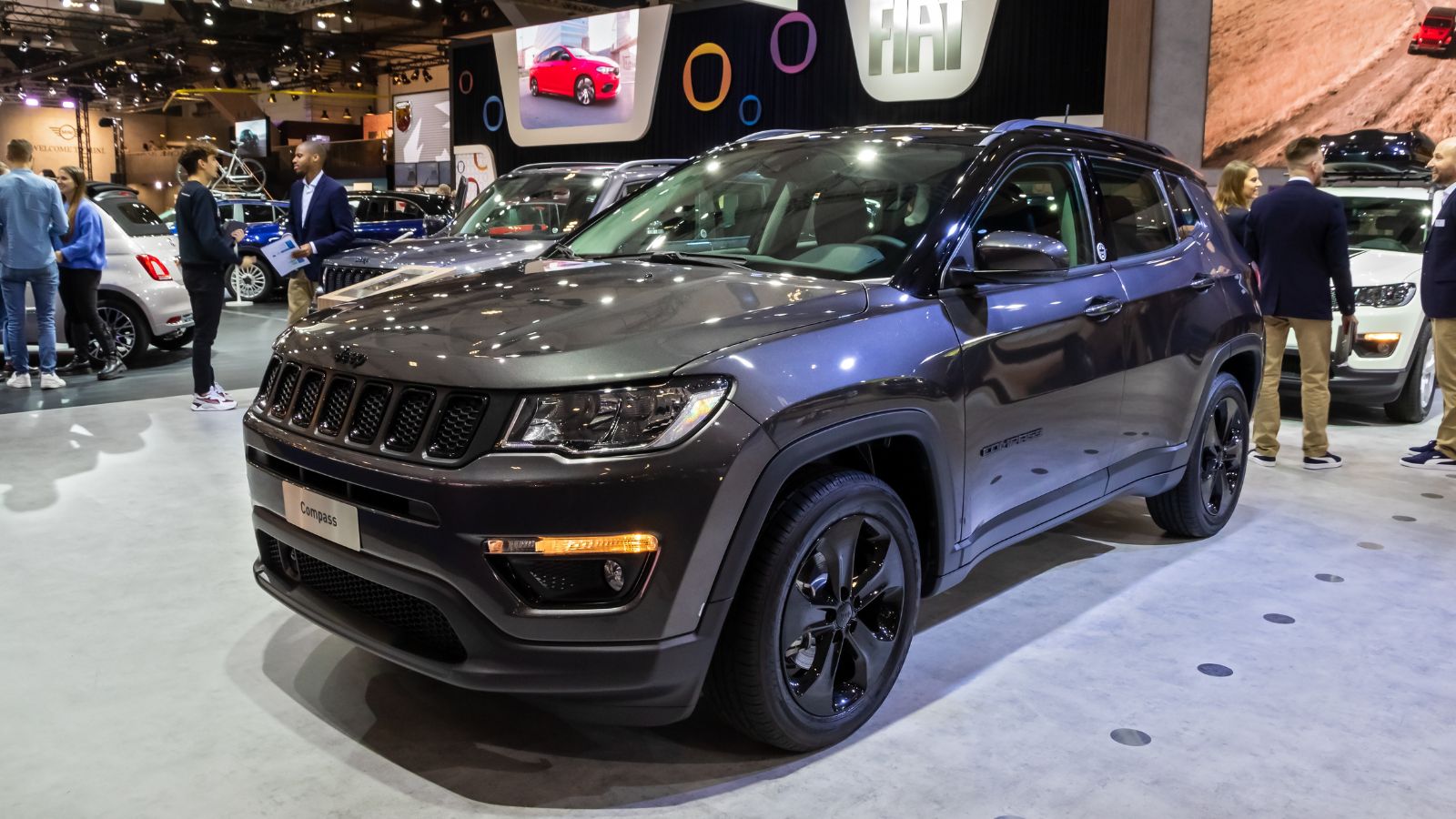
Built in the same Italian plant, these corporate cousins could switch identities depending on which badge receives lighter tariff treatment under U.S. or Canadian policy shifts. The Jeep Compass, sold as a Jeep and regarded as a U.S.-assembled (or NAFTA-origin) SUV, may enter markets officially as a Compass, even if the plant of origin differs. At the same time, the Fiat 500X could similarly be “Compass-badged” to qualify under more favorable tariff treatments. Given both models already share underpinnings, Stellantis could tweak branding, labels, and origin declarations—without major re-engineering—to meet tariff criteria.
Hyundai Venue / Kia Sonet
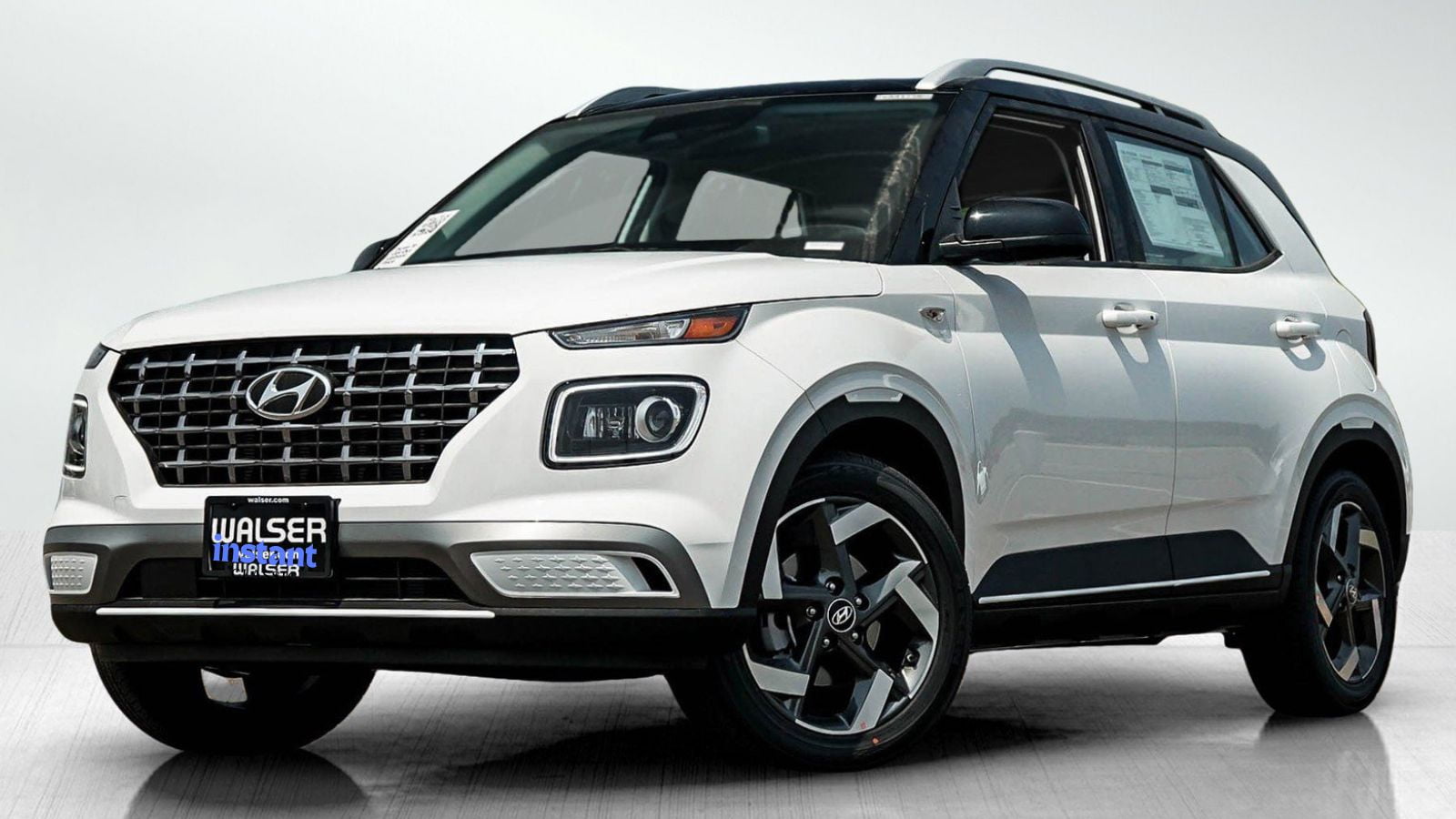
These two compact crossovers are functionally aligned, and if one gets hit with tariff penalties, Hyundai-Kia can redirect manufacturing and badge the model under the other brand’s banner with minimal adjustments. Analysts note that Hyundai’s nearly 1,000 outlets dwarf Kia’s ~100, giving Venue a stronger market penetration. This intentional rebadging and distribution distinction enables both manufacturers to deploy essentially the exact vehicle under two brands, balancing tariff pressures and local market strategies while maximizing reach and flexibility.
Chevrolet Spark / Daewoo Matiz
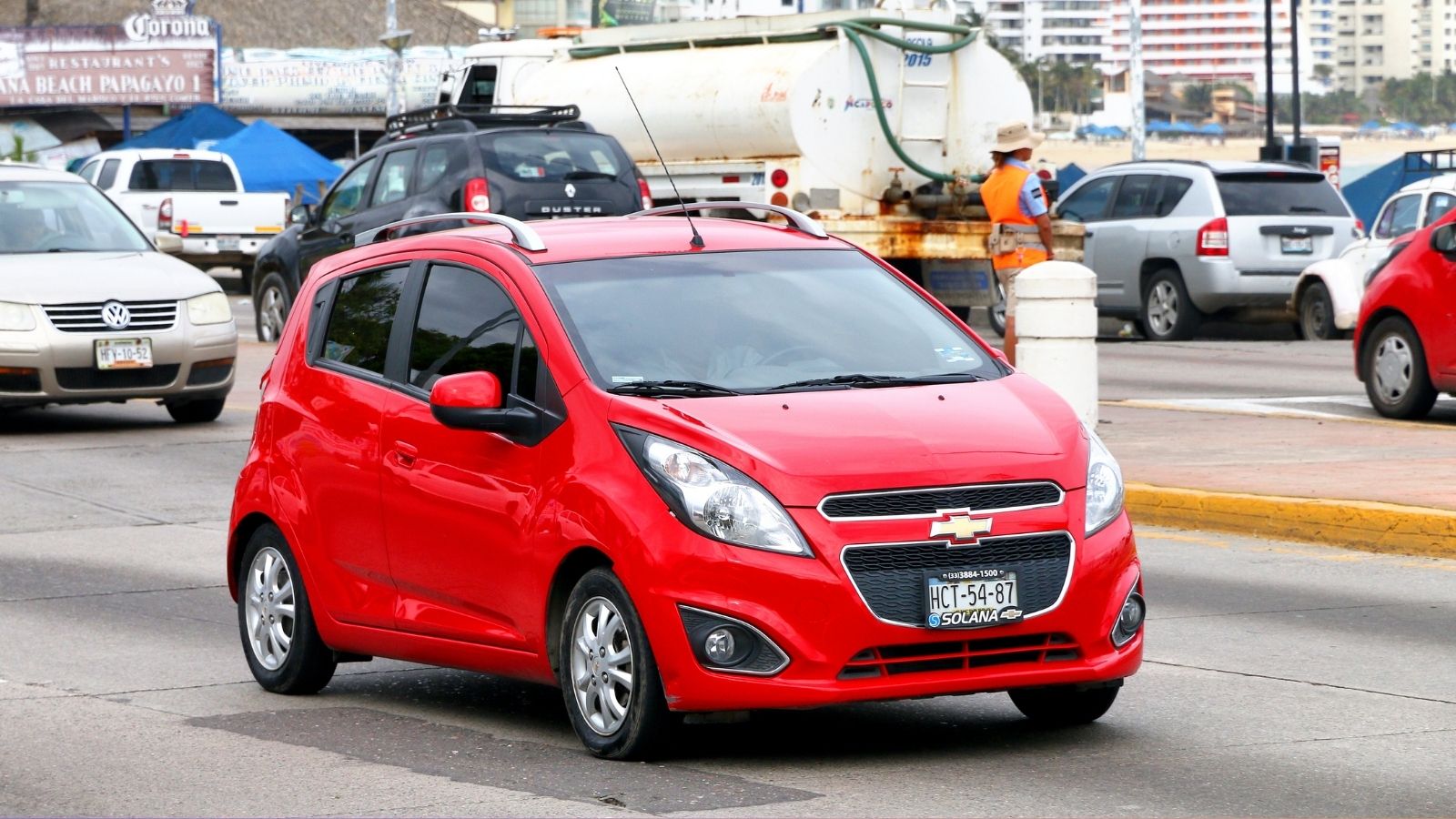
This humble subcompact has gone through several international names: Matiz, Spark, and Beat. The Daewoo Matiz, introduced in 1998, was rebadged and globally marketed as the Chevrolet Spark following GM’s 2002 acquisition of Daewoo. To reduce high import duties on CBU (completely built-up units)—which reached up to 80 %—countries like Uzbekistan allowed local CKD (completely knocked-down) assembly under the Š-kora‐‐UzDaewooAuto venture, later UzAuto Motors, enabling Spark/Matiz kits to bypass steep tariffs. And, with Daewoo defunct, GM could bring back legacy names or sub-brands to repackage the model under a different national identity.
Mitsubishi Mirage / Nissan Note
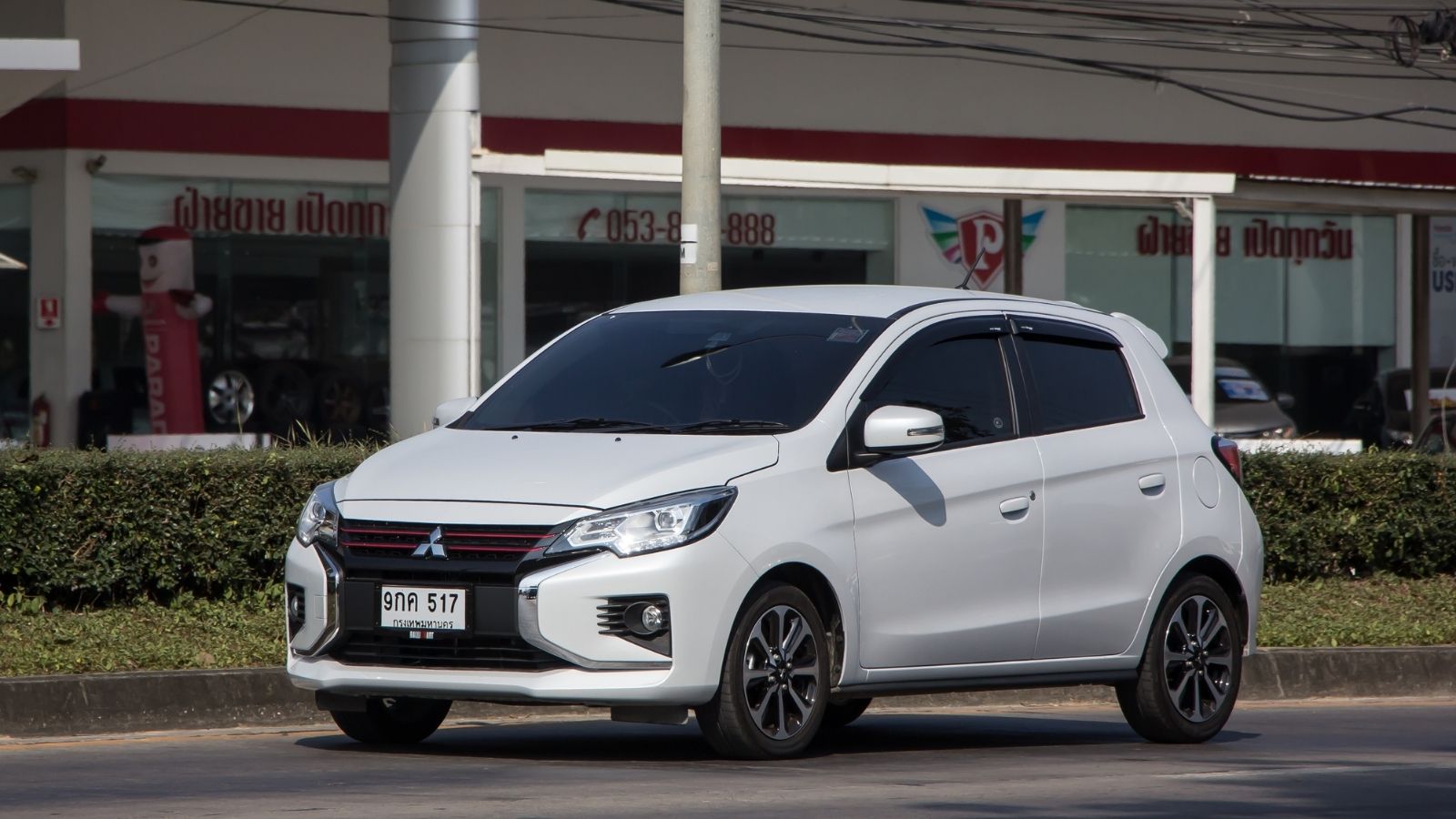
Since Nissan and Mitsubishi share platforms and engineering, the Mirage could undergo a facelift and be sold as a Nissan Note or a similar model, benefiting from Nissan’s broader production network. Rebranding these models for Canada enables automakers to legally classify them as non-U.S. imports and avoid the 25% levy. Canada has even allowed limited tariff-free U.S. imports tied to continued local investment, but broader exemptions apply to vehicles manufactured outside the U.S. Thus, by positioning Mirage and Note as imports from tariff-exempt countries, manufacturers can maintain competitive pricing in Canada despite cross-border duties.
Subaru BRZ / Toyota GR86
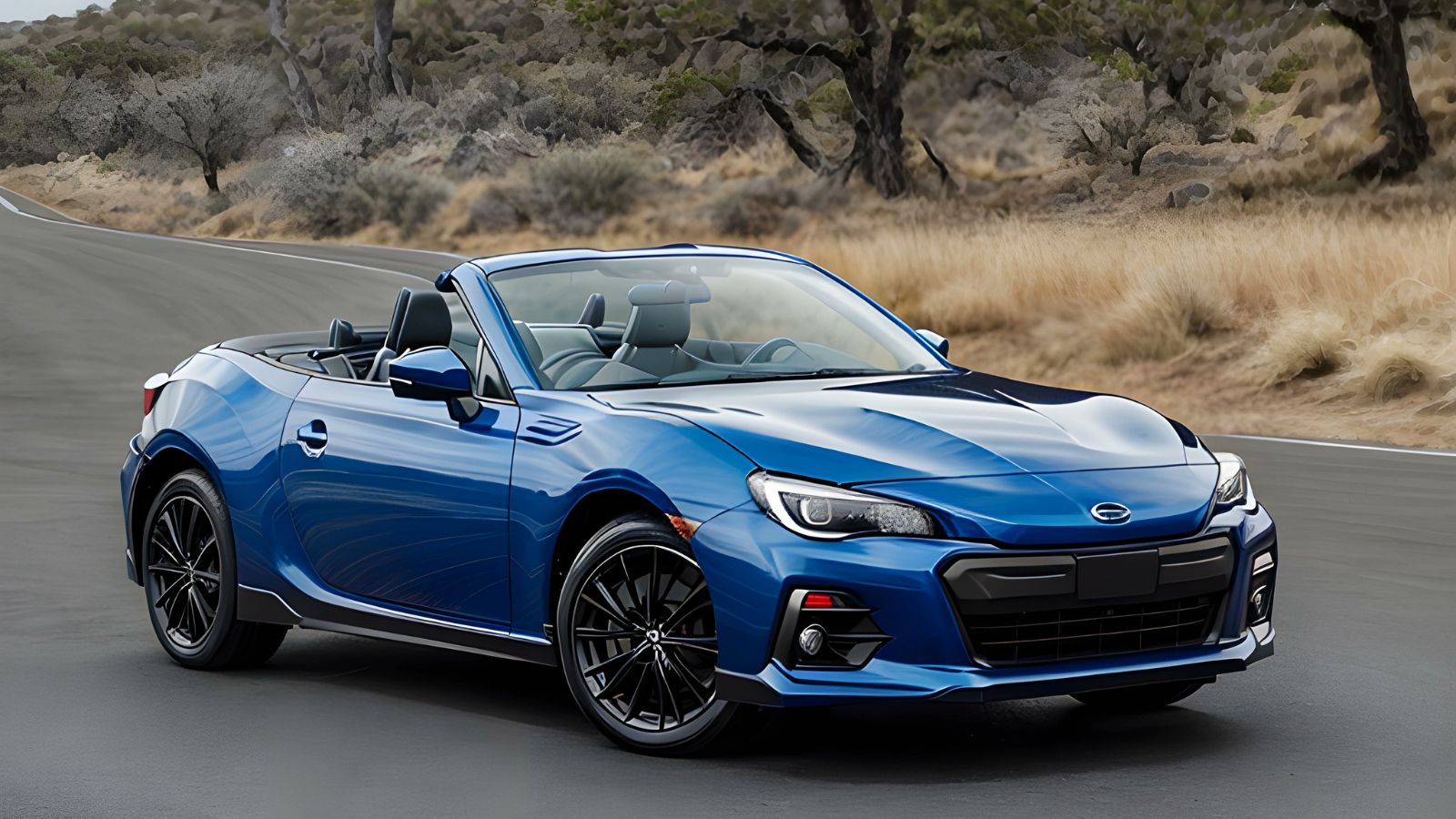
In Canada, Subaru BRZ and Toyota GR86 are essentially the same vehicle, built together in Japan and co-branded for marketing purposes. Canadian importers sometimes exploit this rebranding to navigate around tariffs and trade treaties. For instance, under US‑Mexico‑Canada Agreement (USMCA) rules, a “Toyota” may qualify for more favorable treatment than a “Subaru” if it meets specific content requirements. Additionally, when governments impose counter-tariffs—such as Canada’s 25% response to U.S. automotive tariffs earlier in 2025—rebadging can impact classification and duty levels.
Dodge Hornet / Alfa Romeo Tonale
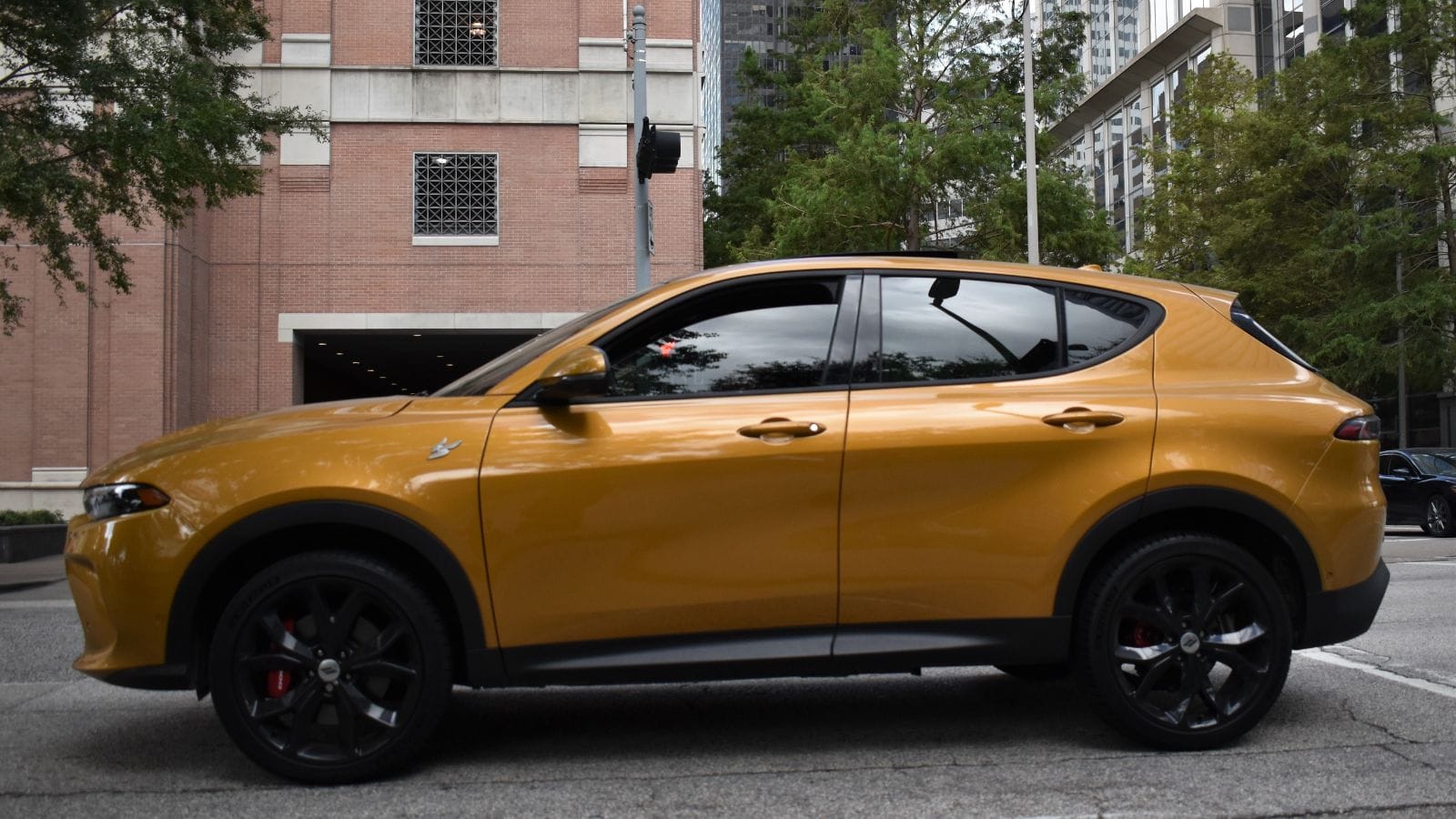
Made in the same Italian plant and sharing the same architecture, the Hornet and Tonale could undergo reciprocal rebranding. Stellantis may sell both under the Alfa banner or consolidate into Dodge for North American protectionism. This means Canadians can access an Italian-built vehicle under Dodge branding, avoiding both U.S. duties and potentially high U.S.–Canada trade friction. By rebadging the Tonale as Hornet for our market, Stellantis can also create a tariff workaround, offering vehicles like the Hornet and Tonale to Canadians in 2024 at roughly 20‑30 % higher volumes than U.S. Hornet sales.
Mazda CX-3 / Toyota C-HR
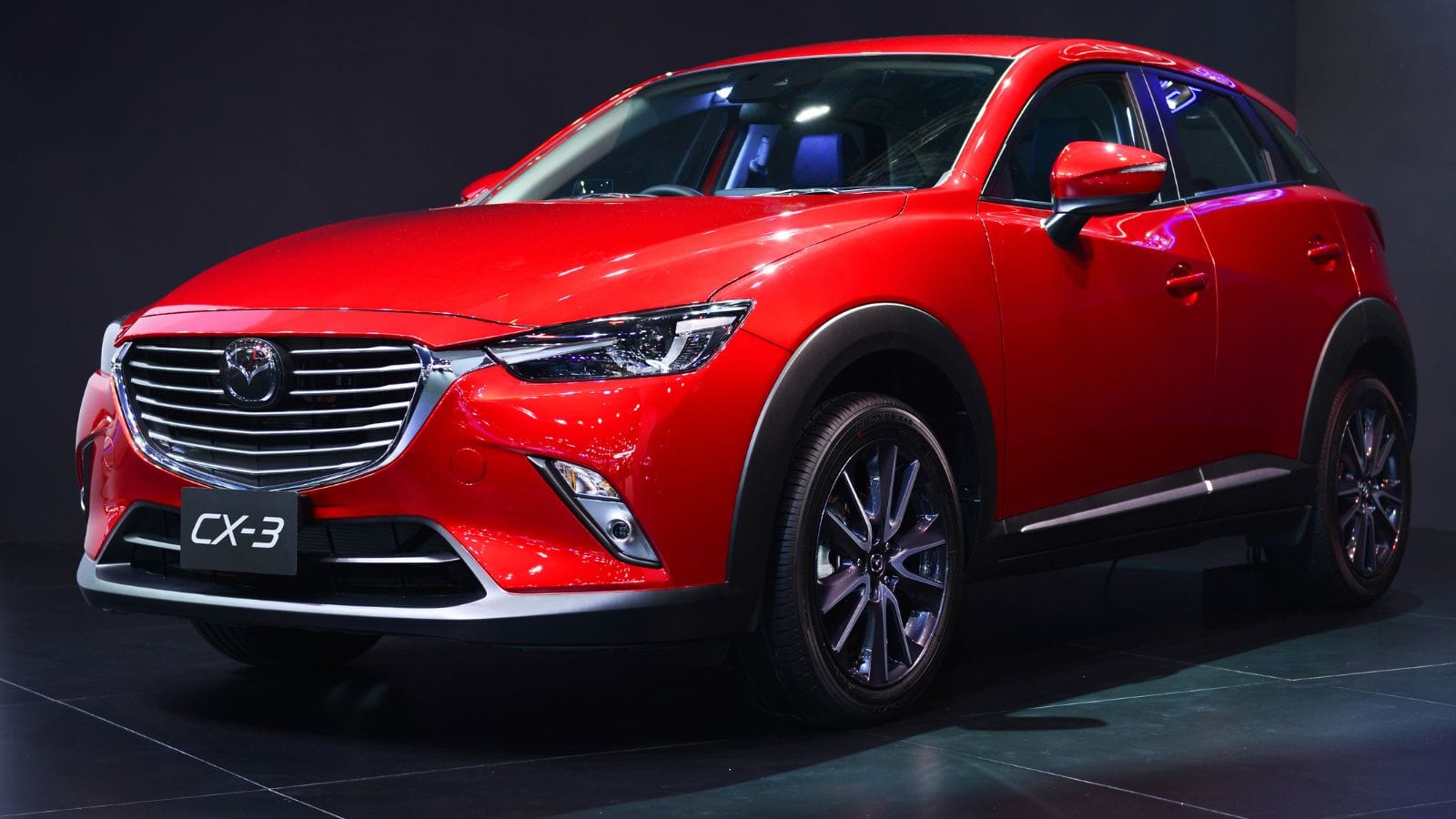
While not mechanically identical, these two compete head-to-head and are built on shared ideas. Mazda’s CX-50 exports from its Alabama plant to Canada were suspended as of May 12, demonstrating the real-world impact of these duties. In this context, the subcompact crossover pair—the Mazda CX-3 and Toyota C-HR—present a potential tariff loophole strategy: both are assembled in Canada (CX-3) and Mexico (C-HR), so they qualify under the USMCA and avoid the 25% levy. Rebranding them as Canadian‑ or Mexican-built models allows manufacturers to circumvent duties on U.S.-built equivalents, preserve pricing structures, and maintain dealer incentives.
Honda Passport / Ridgeline
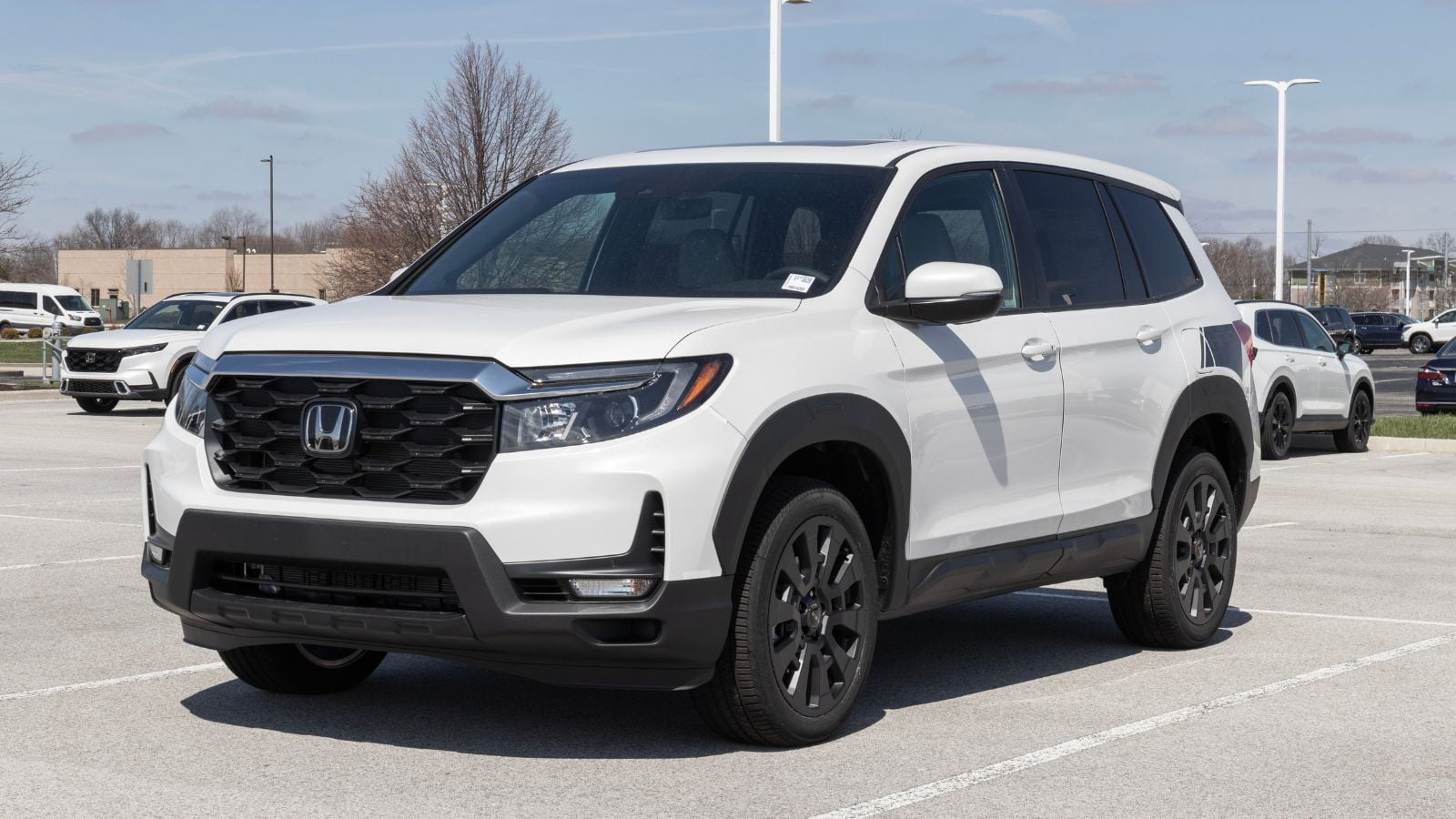
These share a unibody and manufacturing facility. If tariffs tighten around trucks versus SUVs, Honda could slightly adjust its body styles and market the Ridgeline as a utility version of the Passport. Honda has reportedly delayed or limited Passport shipments to Canada, likely to avoid tariff exposure until pricing and strategy are clarified. This tactic—rebranding or holding stock—lets Honda maintain pre-tariff pricing temporarily. However, tariffs on parts may still add up to an effective 27.5 % tariff, raising final costs at dealerships.
Volkswagen Taos / Skoda Karoq
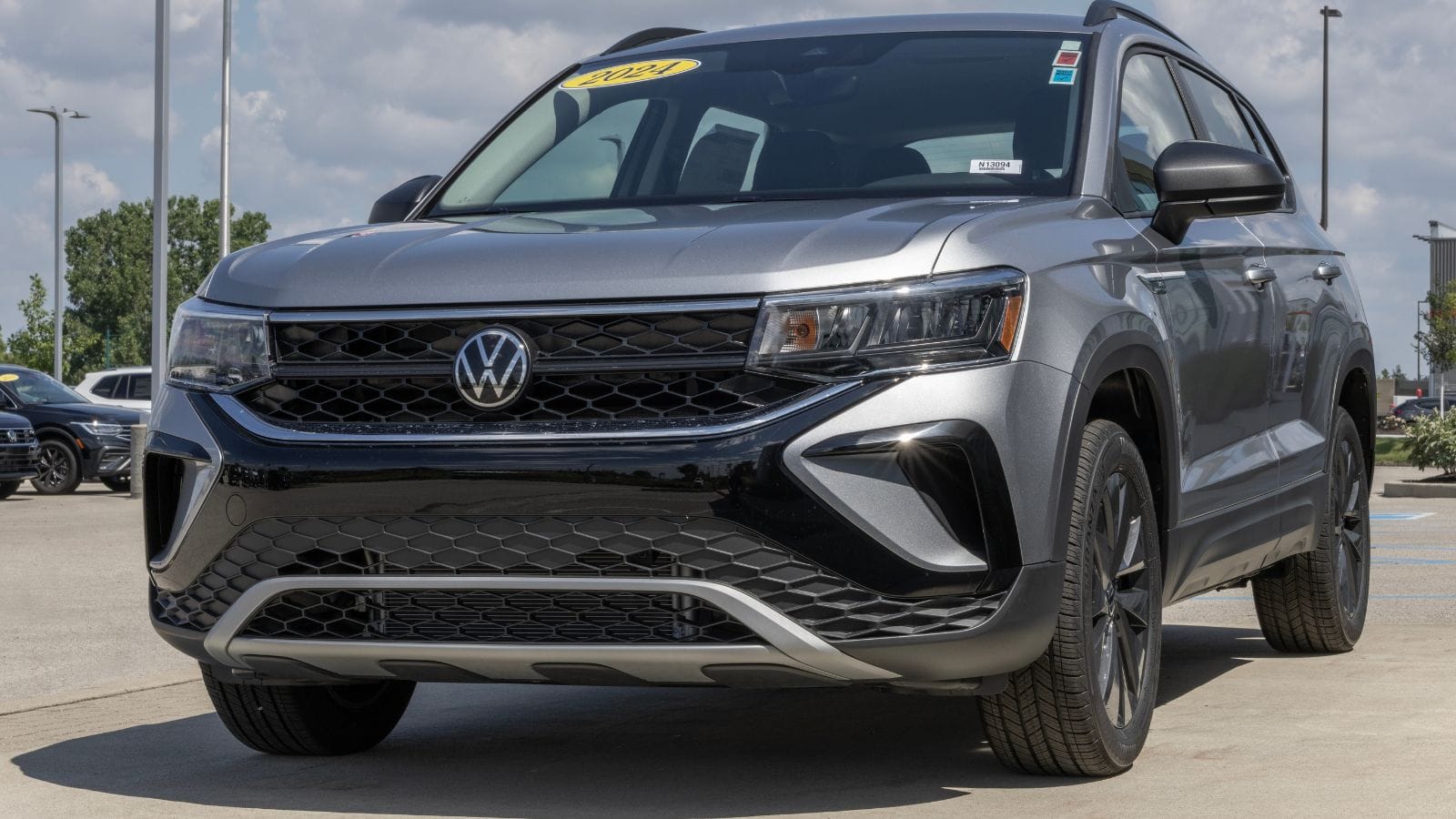
Both SUVs are built on VW’s MQB platform and share production footprints in Mexico, potentially qualifying as “compliant” under North American content rules, even though their parts may come from a broader global supply chain. Canada introduced retaliatory 25% tariffs on U.S.-built non-USMCA-compliant vehicles, effective April 9, 2025. However, vehicles assembled in North America that meet origin thresholds are exempt. By rebadging the Karoq as a Taos (or vice versa) and ensuring final assembly in Mexico, Volkswagen could bolster a case that the vehicle qualifies under “Made in North America,” sidestepping tariffs.
Nissan Kicks / Datsun GO-Cross (Theoretical)
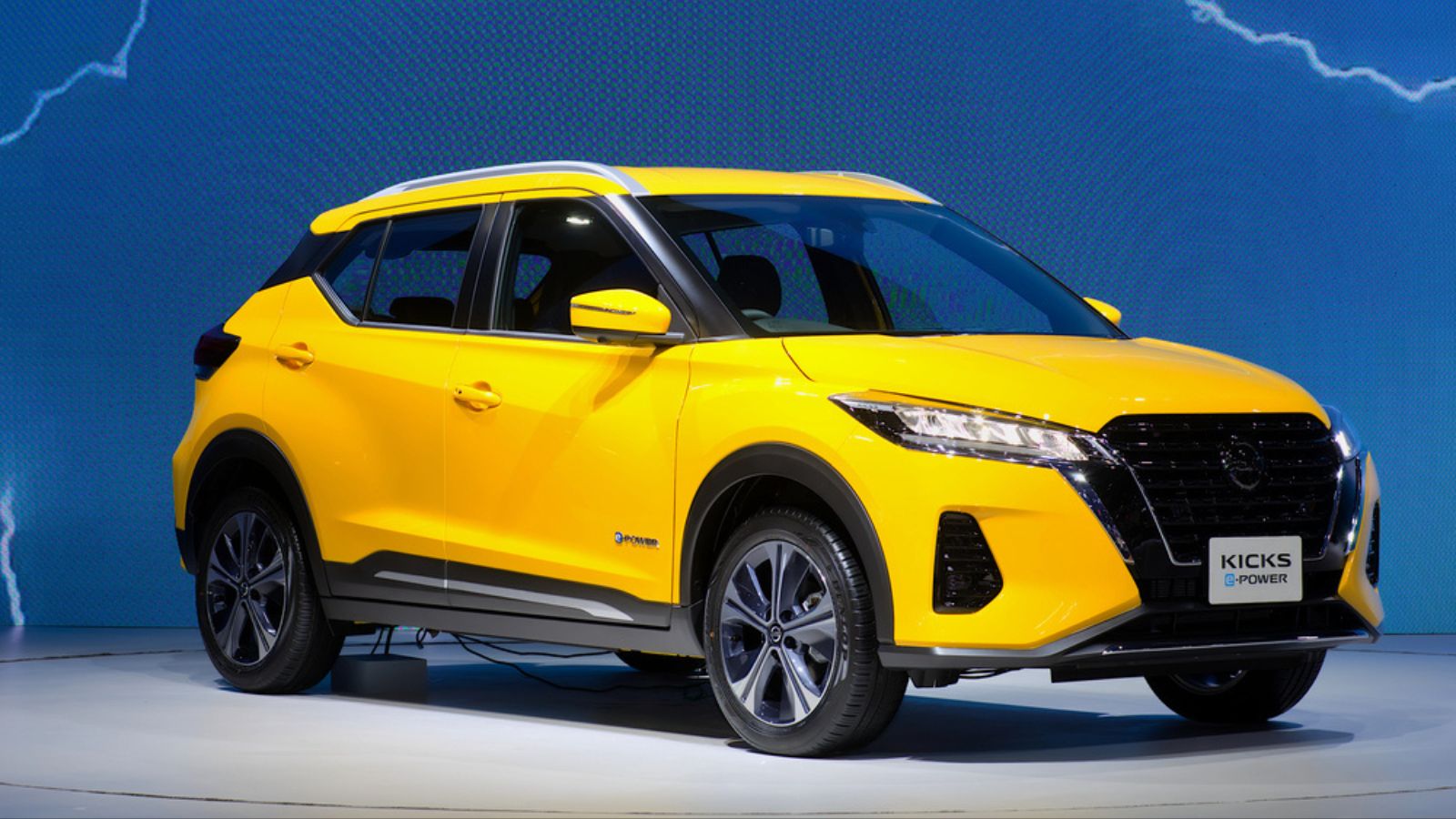
Datsun, recently axed, could be revived to rebrand low-cost crossovers like the Kicks in emerging markets or even North America if retooling occurs in a lower-tariff region. Strategically, leveraging the GO-Cross nameplate and utilizing production in Japan/Mexico could maintain USMCA compliance, keeping costs low for Canadian consumers while avoiding punitive tariffs. This approach hinges on rules that allow rebranding and supply-chain structuring to meet regional‐content thresholds, offering a legal workaround for manufacturers navigating shifting trade policies.
Toyota Corolla Cross / Lexus LBX
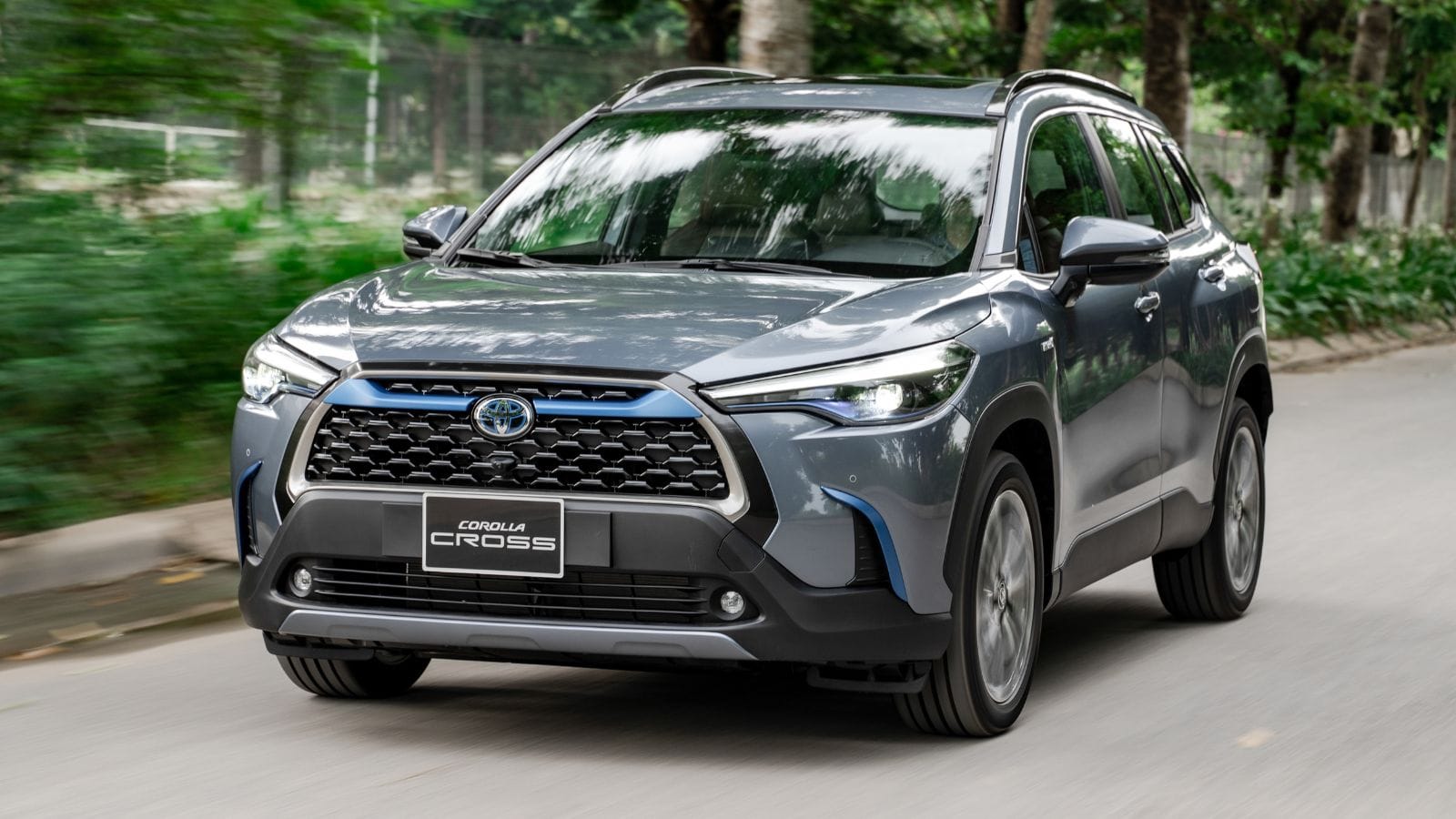
The Corolla Cross and upcoming Lexus LBX are close in size and positioning. The Corolla Cross, manufactured in Alabama at the Mazda–Toyota plant, is exempt from import duties; however, parts—especially transmissions sourced from Japan, which comprise roughly 40–50% of its components—are still subject to import levies. This enables Toyota to rebrand or shift production between U.S. and Canadian plants, managing quota thresholds. Meanwhile, the Lexus LBX—a Toyota-engineered compact crossover—could be similarly imported from U.S. facilities, taking advantage of tariff relief under CUSMA, while being marketed as a Lexus model to diversify brand offerings and maximize quota utilization.
Kia Forte / Hyundai Elantra
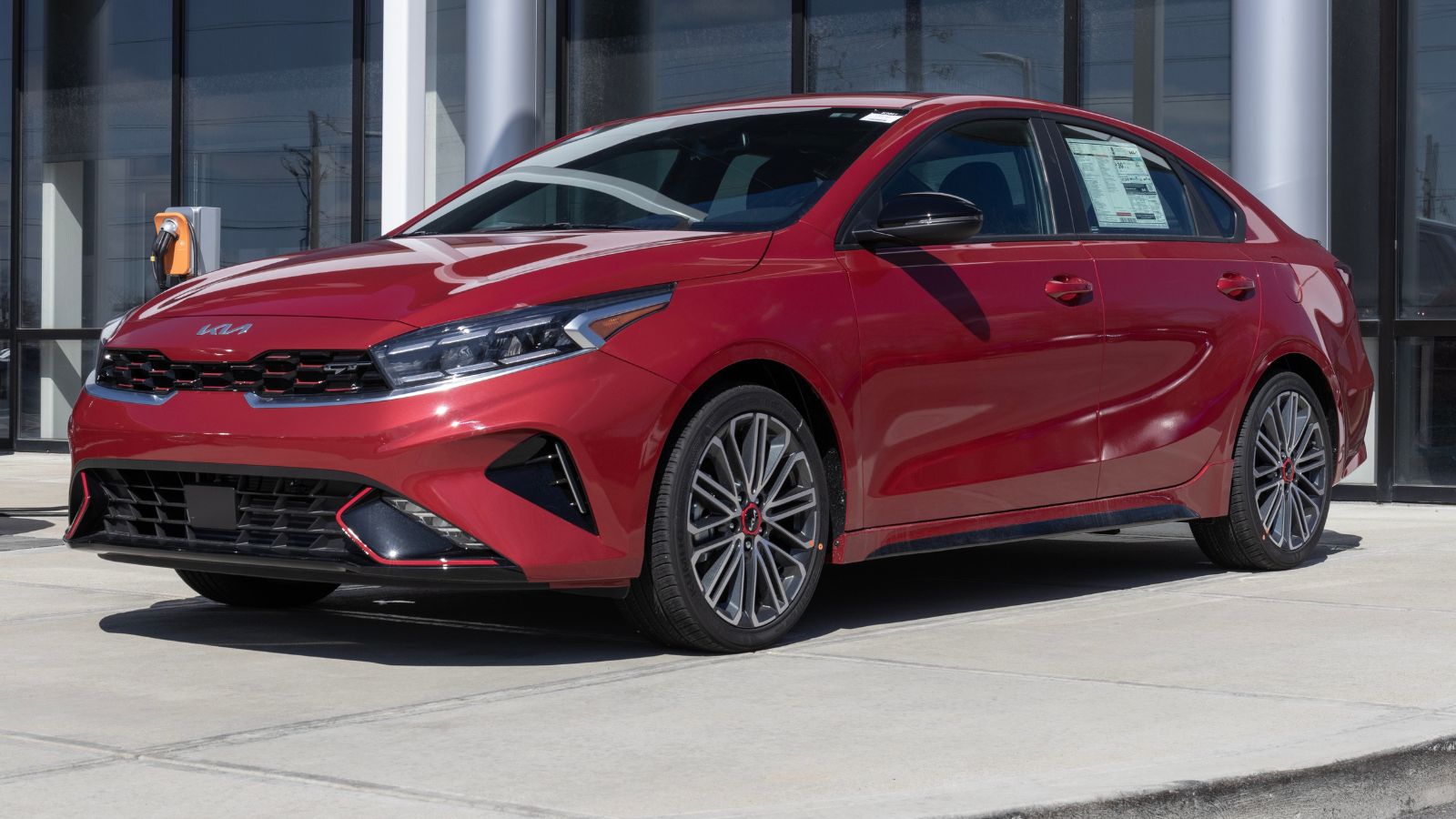
Hyundai and Kia import significant volumes into Canada, meaning any tariff avoidance via rebranding or model origin misclassification could temporarily circumvent duties, though the Canadian Border Services Agency monitors compliance. Ottawa’s tariff-relief program offers duty exemptions only to automakers maintaining domestic production–a benefit unavailable to imported Kia Forte or Hyundai Elantra models. Efforts to rebrand these vehicles as U.S.-made or swap model badging may offer short-term price relief but risk regulatory penalties and don’t address long-term tariff exposure for non-assembled imports.
Chrysler Pacifica / Grand Caravan
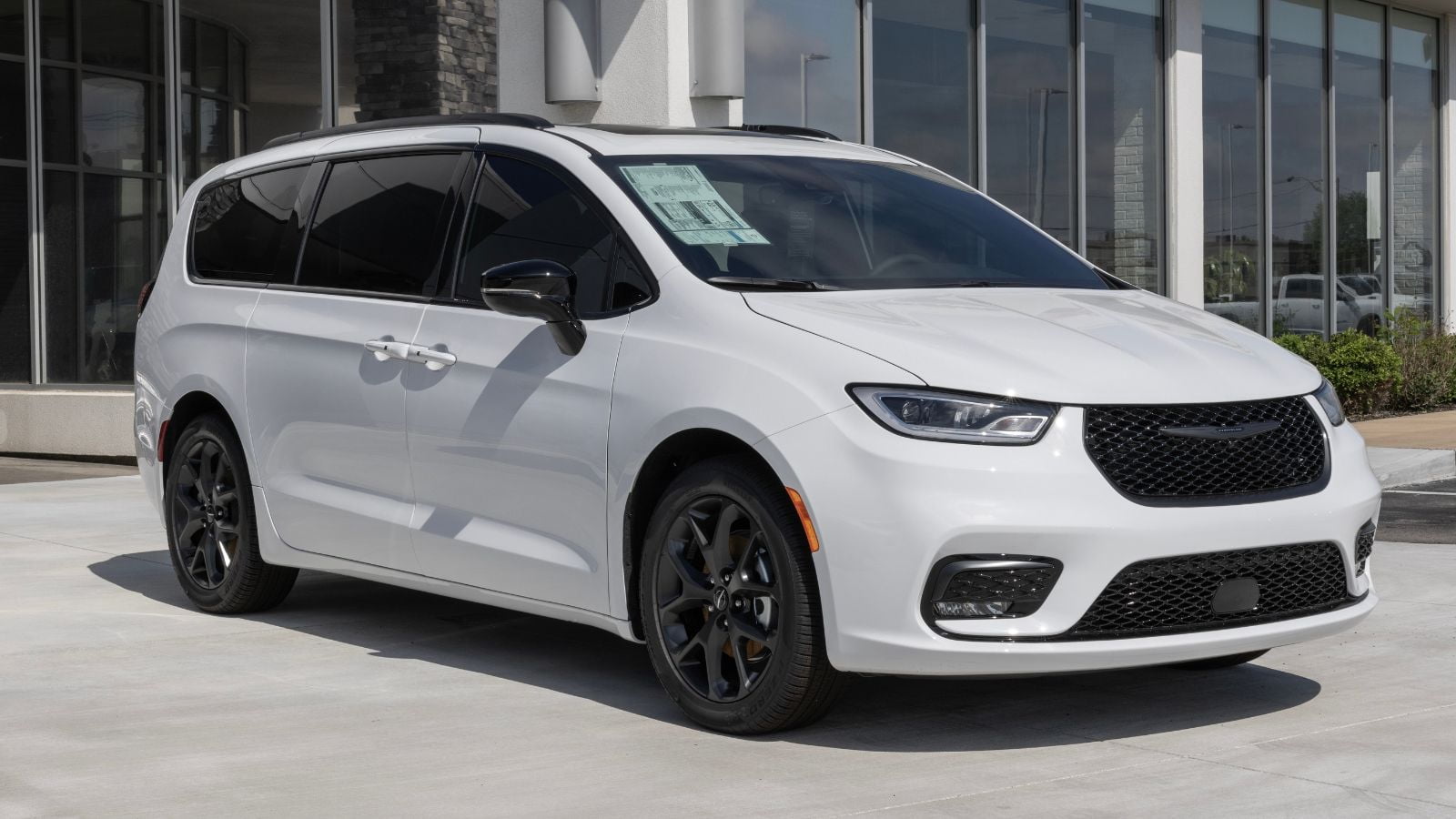
The Pacifica was already rebadged as the Grand Caravan for Canadian fleets. Chrysler Stellantis has long leveraged its Windsor, Ontario plant to produce key minivan models — the Chrysler Pacifica and a rebadged Chrysler‑branded Grand Caravan for Canada — enabling these vehicles to qualify as “Made in North America” under USMCA, and thus avoid punitive 25% import tariffs imposed by the U.S. on non‑compliant autos. The Grand Caravan nameplate, discontinued in the U.S. after 2020, continues in Canada as a lower-trim Pacifica variant, preserving factory jobs and tariff advantages through its Ontario assembly.
Chevrolet Blazer / Holden Equinox (or Chinese-Built Blazer)
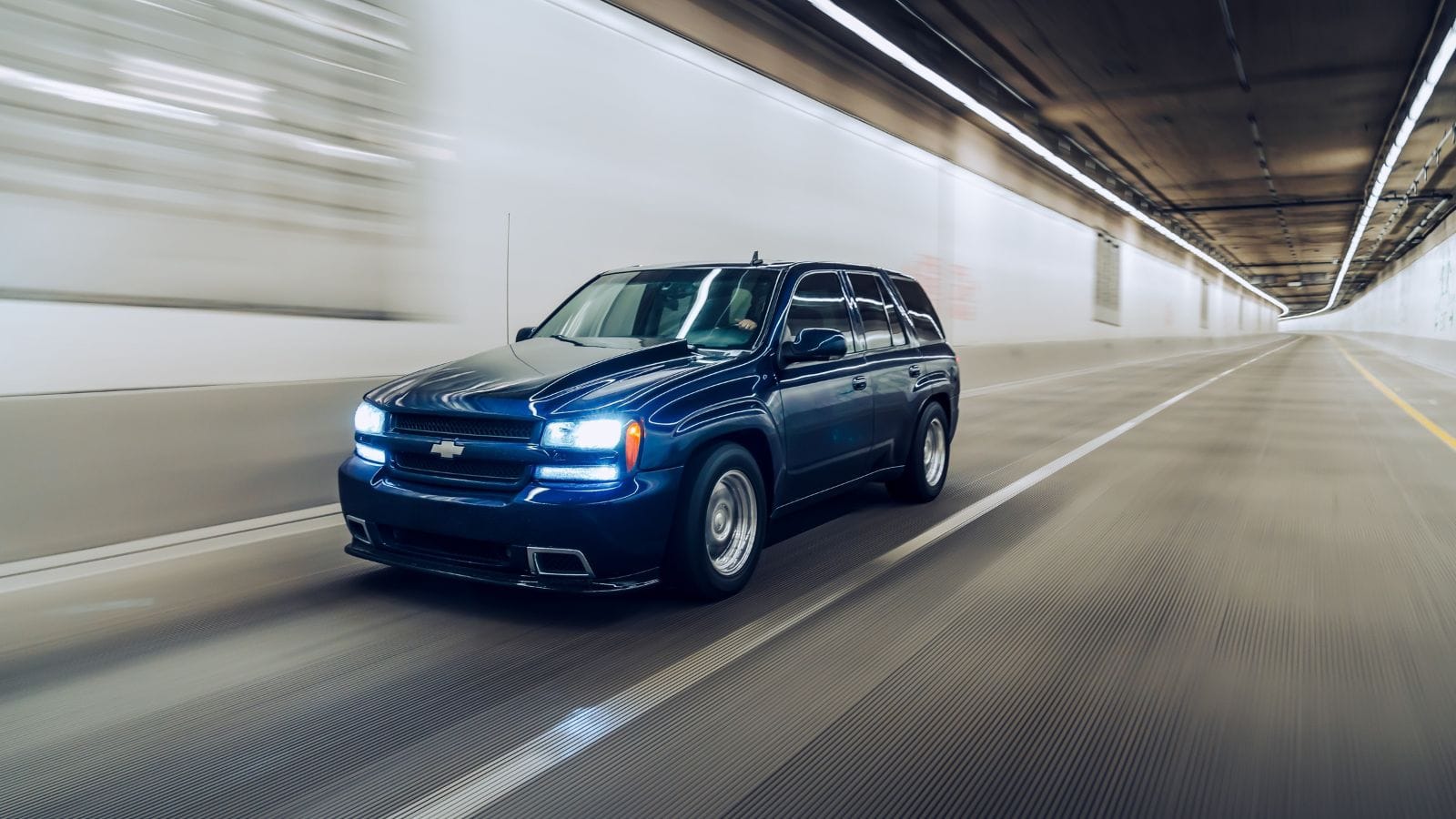
Some Blazers are built in China. If those face steep tariffs, GM could resurrect the Holden brand or sell it as an Equinox variant to shift origin identity. In Canada specifically, a 25% surtax on Chinese EVs, implemented on October 1, 2024, aims to protect domestic plants and rebalance supply chains. Shifting Blazer and Equinox assembly to North America—and banning small-package exemptions—reflects efforts to avoid tariffs and maintain pricing competitiveness in Canada and the U.S., while protecting local jobs and investment.
BMW X1 / MINI Countryman
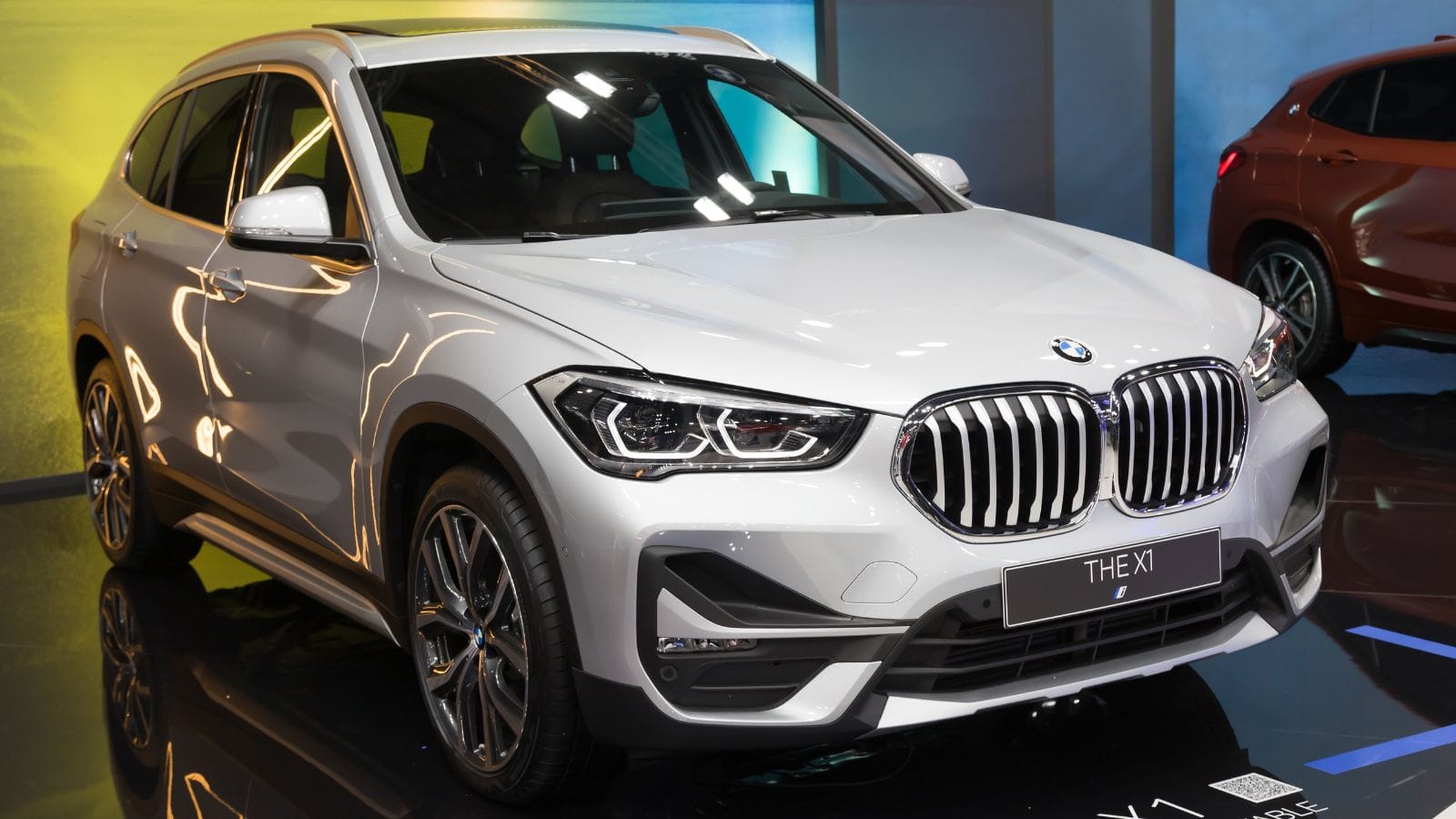
Sharing a platform, these models could theoretically switch their badging or branding emphasis depending on the tariff weight between British (MINI) and German (BMW) origins. Although MINI has contemplated strategies to absorb or shift these costs, pricing adjustments are already happening as dealers manage limited pre-tariff inventory versus new shipments. Thus, the only realistic loophole in Canada lies in regional final assembly—rebranding or rerouting isn’t enough unless production occurs within North America under trade‑agreement rules.
Mercedes-Benz GLA / Infiniti QX30 (Discontinued)
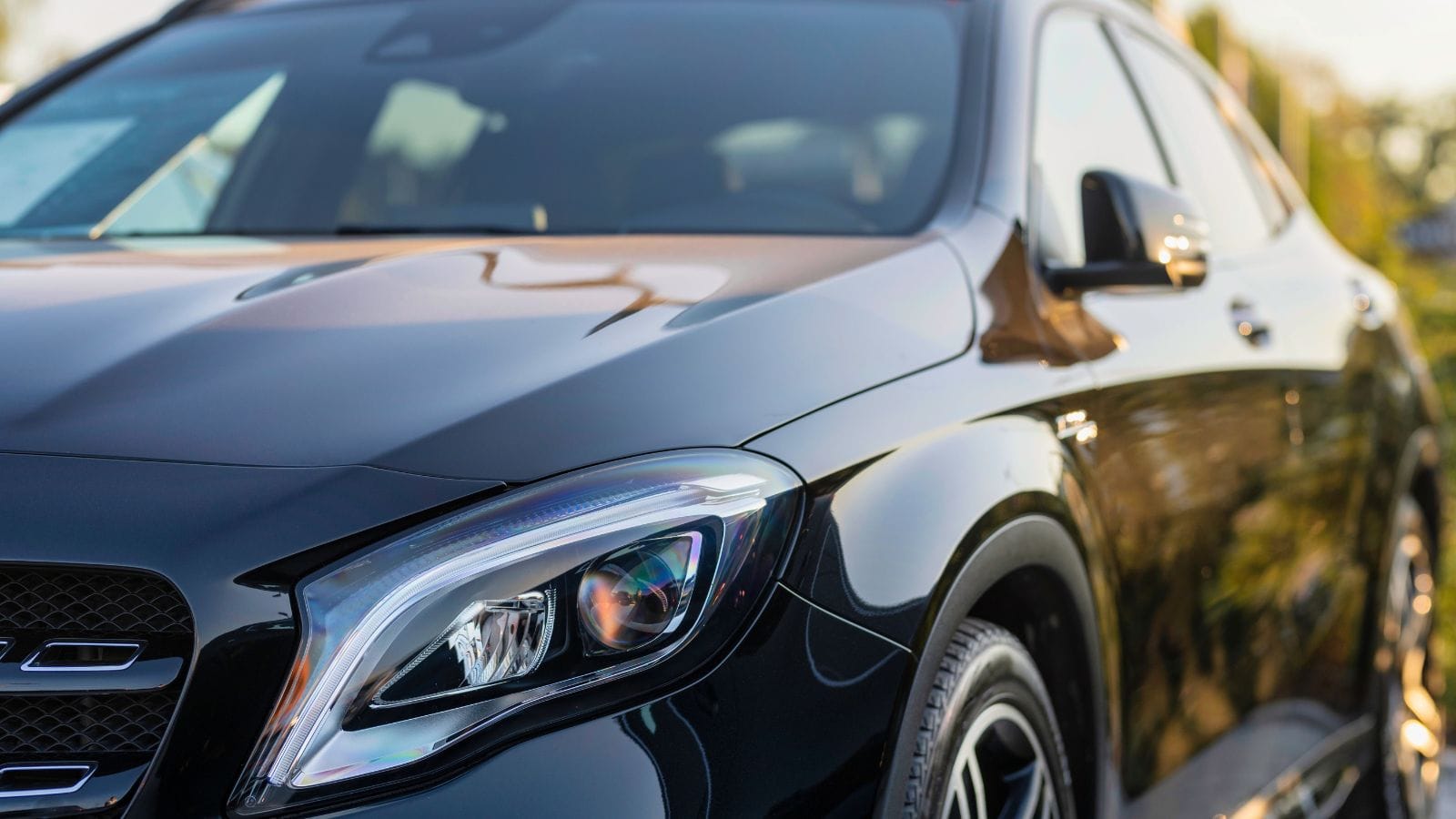
Although the QX30 is no longer available, it was a rebranded GLA. The Mercedes-Benz GLA and Infiniti QX30 (2017–2019) are almost twins, both built on Mercedes’ MFA platform with the same 2.0 L turbo engine and 7-speed DCT. In Canada, both were manufactured in Sunderland, UK, then imported, exposing them to Canada–U.S. and U.S.–EU tariffs based on origin and content under WTO rules. Notably, under USMCA, tariff exposure hinges on regional value added: cars built in the UK and shipped to Canada lack qualifying North American content, potentially triggering duties on both Mercedes and Infiniti units. Reviving this idea could let Infiniti dodge EU tariffs by selling a Japanese-branded GLA clone.
Suzuki Jimny / Toyota Urban Cruiser
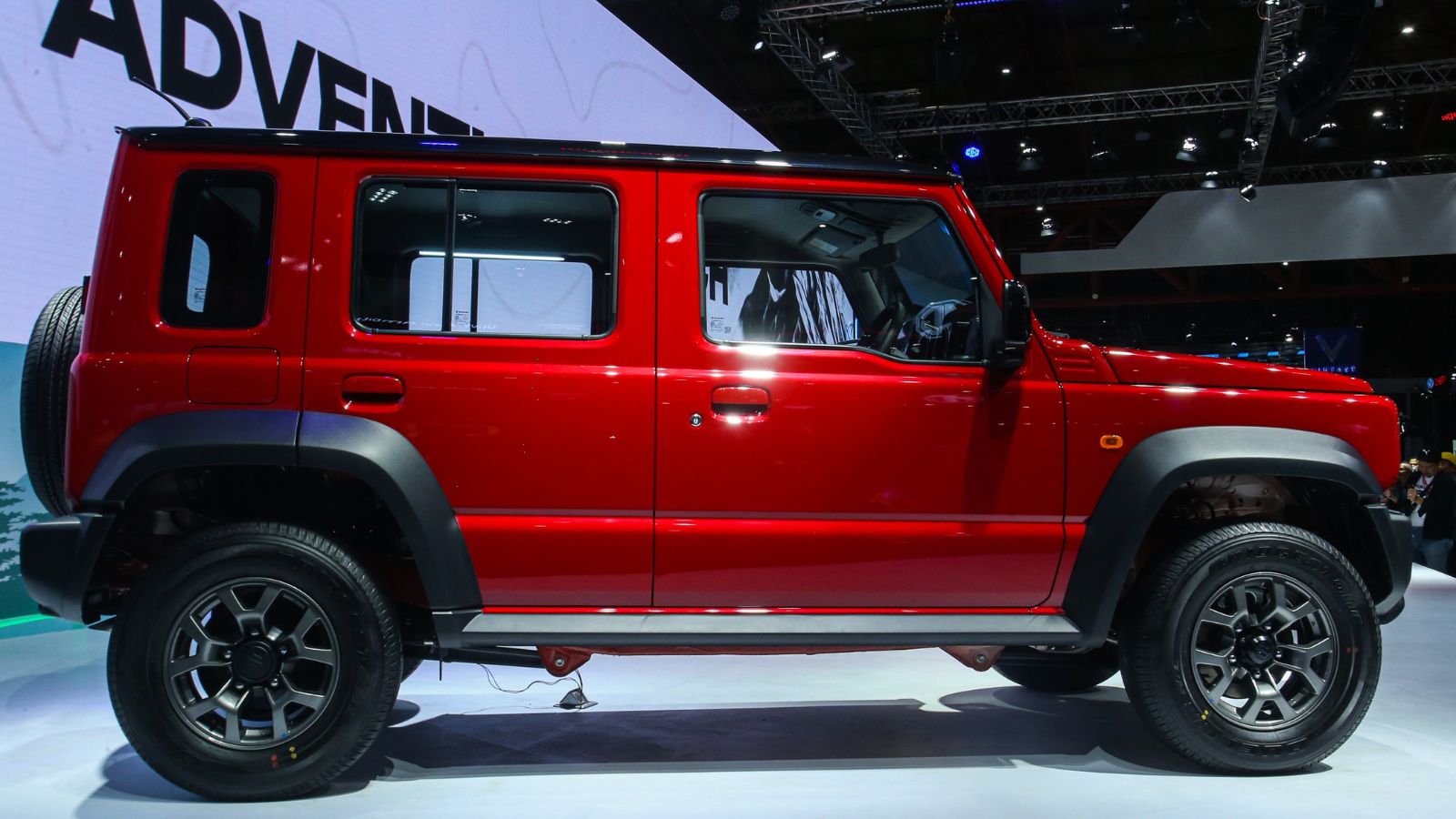
The Jimny isn’t officially sold in Canada, but Suzuki and Toyota have partnerships in Asia. In a modern partnership, Toyota rebadged Suzuki SUVs—the sub-4 m Vitara Brezza (2020–22) and the Grand Vitara-based Urban Cruiser Hyryder (since 2022)—for emerging markets. While Canada enforces tariffs on non-CUSMA vehicles, both automakers exploit classification and production location to optimize duties. Additionally, the Jimny’s light-truck designation provided U.S. tariff relief; today’s rebadged models, built in India, comply with trade rules while benefiting from Toyota–Suzuki synergies with minimal tariff exposure.
Ford Transit Connect / Tourneo Courier
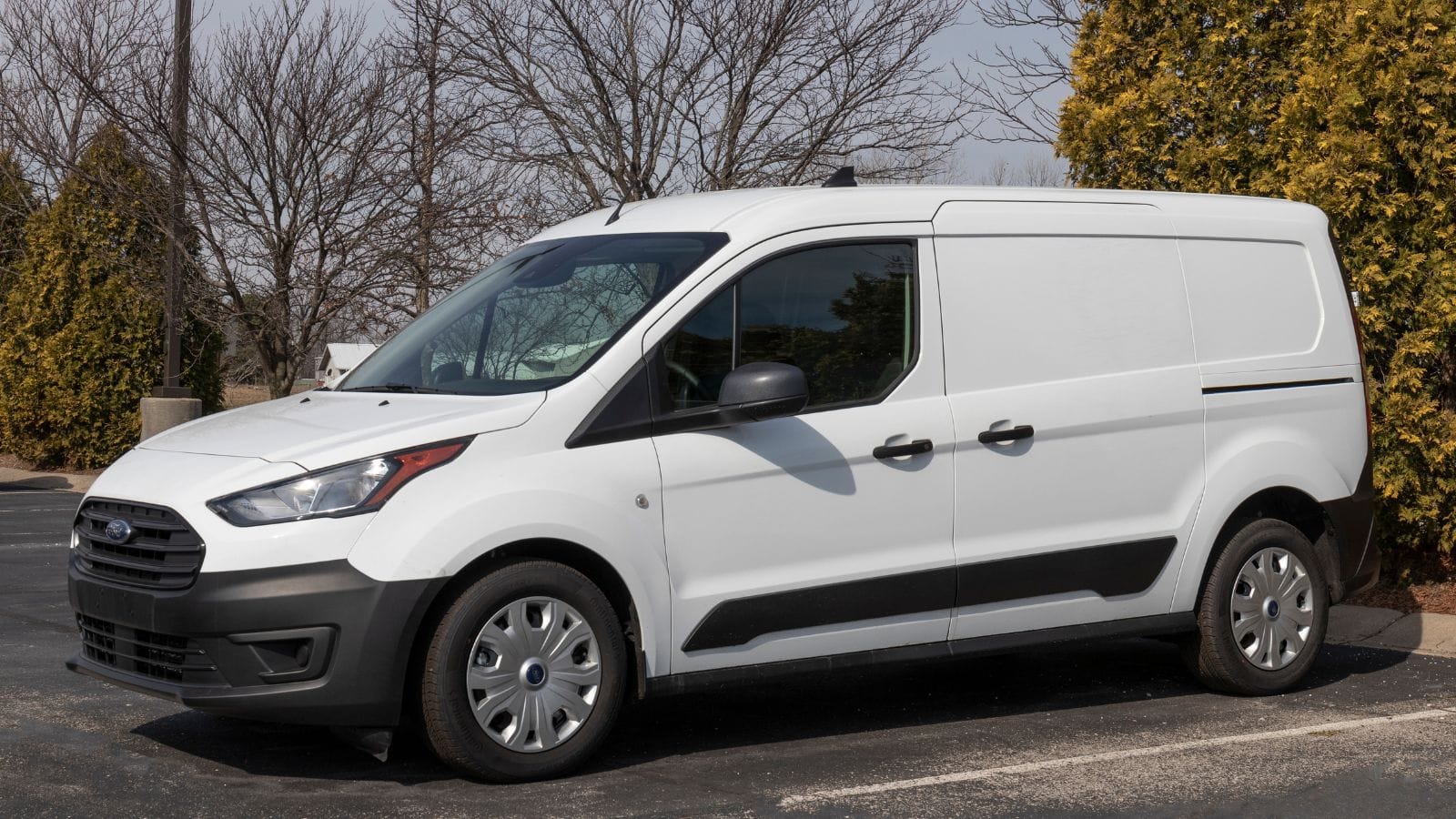
Ford could revive Euro-built models under the Transit or Tourneo naming schemes to adjust origin perception, mainly if builds from Turkey or Spain are affected by tariffs. Ford even imported the compact Transit Connect into Canada (and the U.S.) as a passenger vehicle, equipped with rear seats, seat belts, and windows, falling under the lower 2.5% tariff. Once past customs, the seats and glass were removed or swapped for panels, converting it back into a cargo van. This maneuver, known as tariff‑engineering, saved thousands per unit and was legally upheld until U.S. Customs reclassified the vehicle in 2013, with courts finally siding with authorities by 2019.
Genesis GV60 / Hyundai Ioniq 5
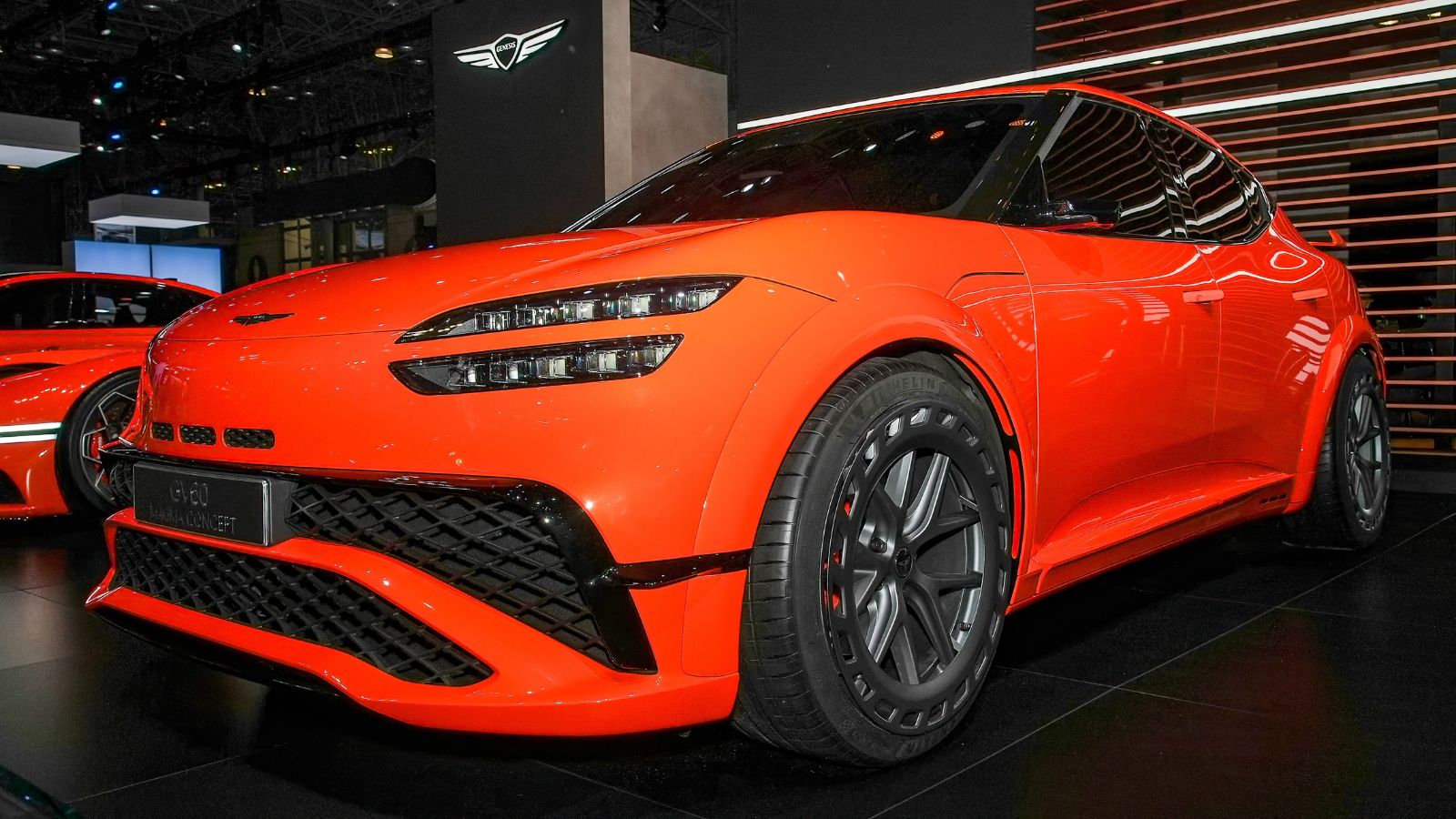
Built on the same E-GMP platform, these two could easily trade badges if tariffs shift between luxury and mainstream EVs. Hyundai’s strategy in the U.S. was to build a Georgia “Metaplant” for the Ioniq 5 to avoid tariffs; however, this approach doesn’t affect Canadian imports, which remain Korean-made. The Genesis GV60, as a luxury sibling, follows the same logistical channel, arriving tariff-free from Korea, and is positioned at a premium price point, not affected by North American trade loopholes.
Mitsubishi Outlander / Nissan Rogue
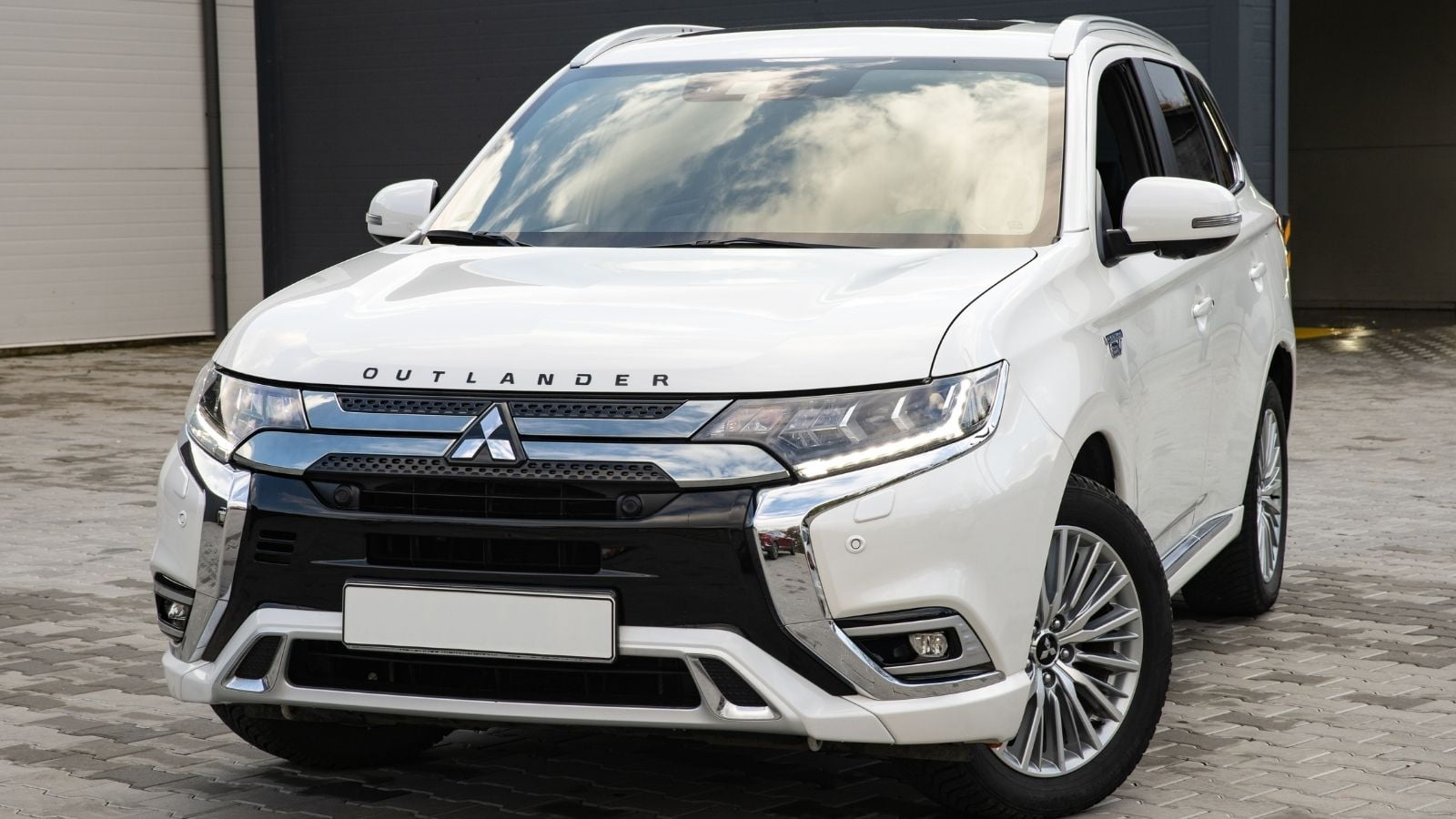
The Outlander and Rogue share platforms. Facing Canada’s retaliatory surtax of 25% on non-CUSMA-compliant U.S.-assembled vehicles (or on non-Canadian/Mexican content of CUSMA-compliant ones), automakers have already begun “rebranding” strategies—shifting final assembly to Canada or Mexico to qualify for tariff exemptions under USMCA/CUSMA. These tactics help manufacturers preserve pricing and inventory stability, underscoring how models like the Outlander and Rogue are leveraged to exploit tariff loopholes in North American trade.
RAM 1200 / Fiat Fullback
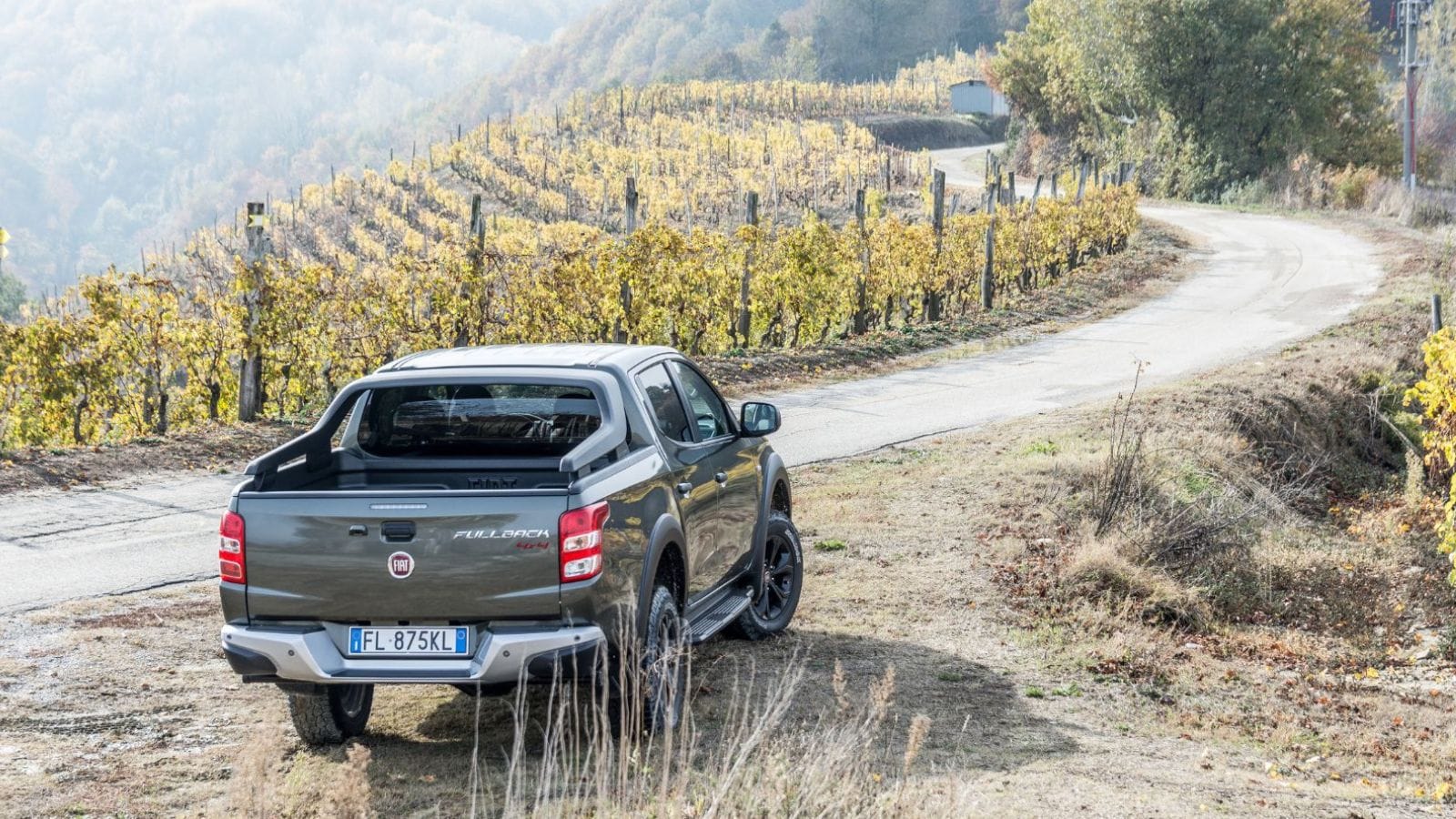
These trucks were never significant hits, but both were based on the Mitsubishi Triton. A future revival under either RAM or Fiat could be targeted to exploit favorable tariffs by aligning nameplates with local production benefits. These rebadges allowed manufacturers to evade steep “chicken tax” duties—such as the historic 25 percent tariff on US-made pickups—by importing from regions not subject to tariffs. In Canada, although these models didn’t undergo direct sale, the practice highlights Fiat Chrysler’s (now Stellantis) strategic use of badge engineering to access markets with favorable trade agreements.
25 Facts About Car Loans That Most Drivers Don’t Realize

Car loans are one of the most common ways people fund car purchases. Like any other kind of loan, car loans can have certain features that can be regarded as an advantage or a disadvantage to the borrower. Understanding all essential facts about car loans and how they work to ensure that you get the best deal for your financial situation is essential. Here are 25 shocking facts about car loans that most drivers don’t realize:
25 Facts About Car Loans That Most Drivers Don’t Realize
